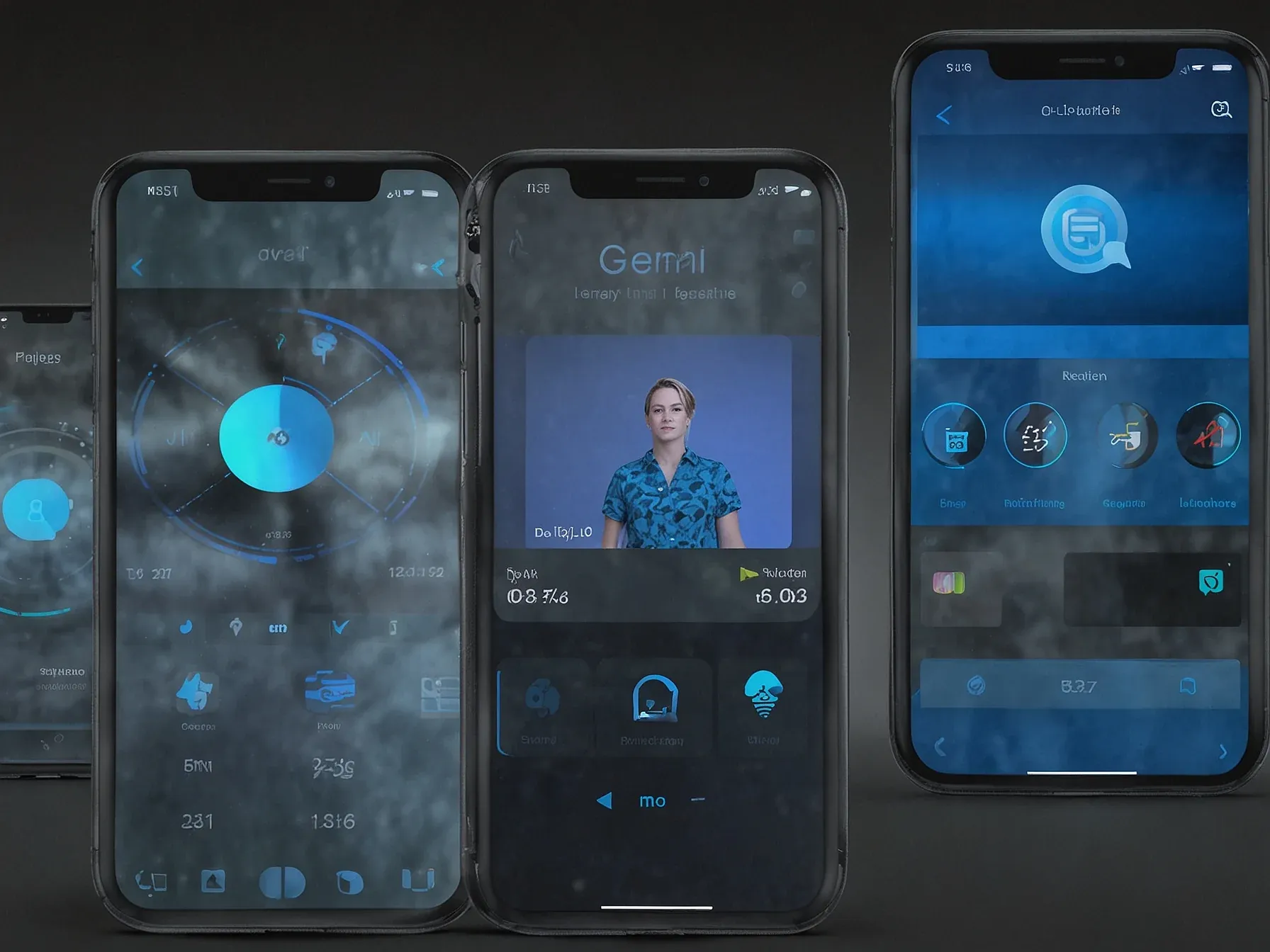Gemini AI employs spatial intelligence to link pixels with the 3‑D world
Why does a language model need to see? Gemini AI tries to answer that by teaching a system to treat a flat image the way a person treats a scene—by anchoring each pixel to a point in space. While the tech is impressive, the real test is whether the model can move beyond pattern matching to genuine spatial reasoning.
Here’s the thing: most large‑language models excel at text, but they stumble when asked to locate an object in a room or predict how it would look from another angle. Gemini’s engineers built a “spatial intelligence” layer that stitches together visual data and three‑dimensional context. The approach isn’t just a tweak; it’s a shift toward models that can point, navigate, and infer like humans do.
The following excerpt breaks down the core concepts that let Gemini connect learned visual representations to the world around them.
Gemini uses a form of spatial intelligence that includes several main concepts. These concepts collectively connect pixels, or learned representations of the visual field, to the spatial world. These includes: This mix is the foundation of the Gemini's spatial intelligence. The model learns to reaso
Gemini uses a form of spatial intelligence that includes several main concepts. These concepts collectively connect pixels, or learned representations of the visual field, to the spatial world. These includes: This mix is the foundation of the Gemini's spatial intelligence.
The model learns to reason about scenes in potential meanings of objects and coordinate systems. This is quite similar to how a human may represent a scene with points and boxes. Gemini's vision skills extend beyond that of a typical image classifier.
At its core, Gemini can detect and localize objects in images when asked. For example, you can ask Gemini to "detect all kitchen items in this image" and it will provide a list of bounding boxes and labels. This means the model is not restricted to a fixed set of categories and will find items described in the prompt.
One time, the prompt asked Gemini to "detect the spill and what can be used to clean it up." It was able to accurately detect the liquid spill as well as the towel that was nearby, even though neither object was explicitly referred to in the prompt. This demonstrates how its visual 'seeing' is deeply connected to semantics. It can infer 3D information contained in 2D images.
For example, given two views of the same scene, Gemini can match corresponding points, achieving a kind of rough 3D correspondence, given both views.
Can a language model truly see? Gemini’s new spatial intelligence attempts to bridge pixels and the three‑dimensional world. By linking learned visual representations to spatial concepts, the system mirrors a fragment of human embodied reasoning.
Yet the description stops short of showing how the model infers depth or predicts physical interactions. The summary notes that humans “easily identify and relate to objects, depth, and have an inherent understanding of physics,” implying a benchmark the AI must meet. Gemini’s architecture reportedly mixes several concepts to connect the visual field with spatial reality, but the exact mechanisms remain vague.
Consequently, it's unclear whether the model can reliably plan actions based on its 3‑D inference. The article acknowledges that understanding 3‑D space is a key challenge at the border of robotics and agent interaction, and Gemini is positioned as a step toward that goal. Still, without concrete evaluation results, the claim that the model “learns to reason” in three dimensions stays unverified.
Future work will need to demonstrate consistent performance across varied environments before the approach can be deemed practical.
Further Reading
- Google Geospatial AI: Mapping Earth Smarter in 2025 - GeoWGS84.ai
- Abstract 3D Perception for Spatial Intelligence in Vision-Language Models - arXiv
- A new era of intelligence with Gemini 3 - Google Blog
- Spatial Intelligence: Why AI is starting to really understand the world - ERGO Radar Magazine
- 2025: The Year Imagination Becomes Reality - SpatialIntelligence.ai
Common Questions Answered
How does Gemini AI use spatial intelligence to connect each pixel to a point in 3‑D space?
Gemini AI treats a flat image like a human perceives a scene by anchoring every pixel to a specific coordinate in three‑dimensional space. This mapping lets the model reason about depth and object placement rather than merely matching visual patterns.
Why do most large‑language models struggle with tasks like locating an object in a room, and how does Gemini aim to overcome this?
Traditional LLMs are optimized for text and lack built‑in representations of physical space, so they cannot reliably infer where objects exist within a scene. Gemini introduces spatial concepts that link visual representations to coordinate systems, enabling it to perform location‑based reasoning similar to human perception.
What human‑like mechanisms does Gemini’s vision system emulate according to the article?
The system mirrors how humans represent scenes using points and bounding boxes, creating internal models of objects and their spatial relationships. By learning these representations, Gemini can simulate a fragment of embodied reasoning, such as recognizing depth and potential object interactions.
Does the article explain how Gemini AI infers depth or predicts physical interactions?
No, the article notes that while Gemini’s spatial intelligence links pixels to spatial concepts, it does not detail the mechanisms for depth inference or physical interaction prediction. The description stops short of showing the model’s concrete methods for these tasks.




